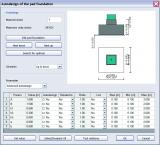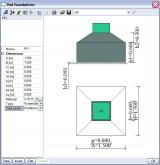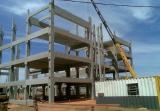senfd.01 - Foundation pad design
- Kód modulu senfd.01
-
Softvér
- SCIA Engineer
-
Zahrnuté v edícii
- Concept,
- Professional,
- Expert,
- Ultimate
- Kategória Iné
- Licencia Trvalé





